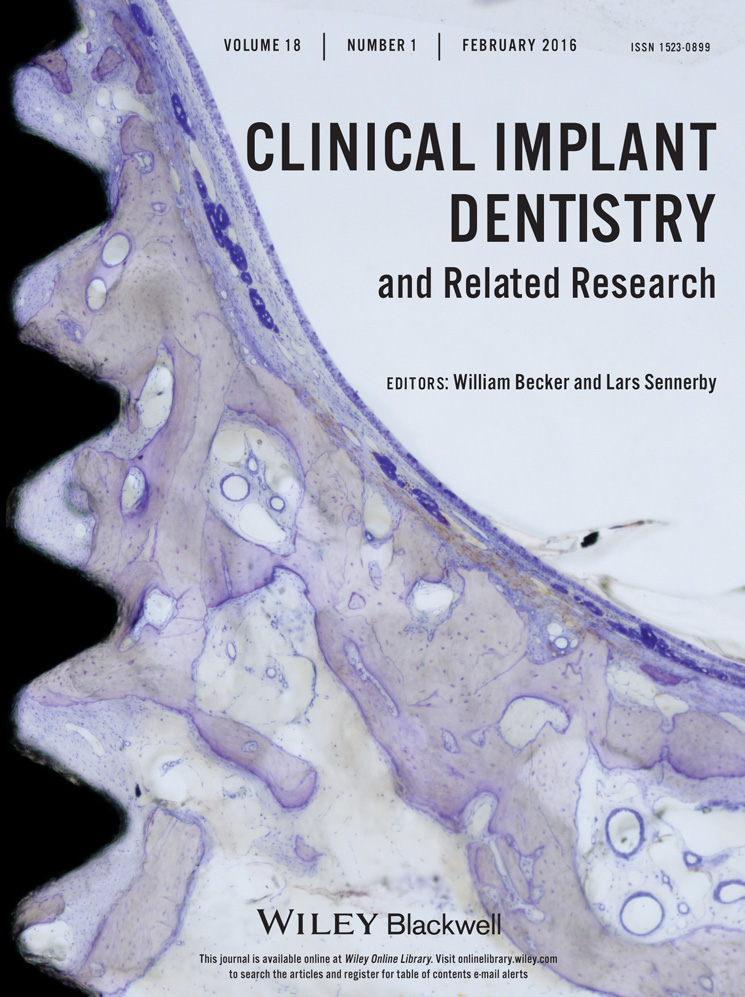Differences in Healing Patterns of the Bone-Implant Interface between Immediately and Delayed-Placed Titanium Implants in Mouse Maxillae
Abstract
Background
There are no available data on the healing process at the bone-implant interface after immediate implant placement.
Purpose
This study aimed to establish an animal experimental model of titanium implants placed in mouse maxillae and compare the healing pattern of the bone-implant interface after immediate implant placement with that after delayed implant placement.
Materials and Methods
Maxillary first molars (M1) from 4-week-old mice were extracted and replaced with the implant following drilling (immediate-placement group). In contrast, M1 from 2-week-old mice were extracted, followed by drilling and implantation after 4 weeks (delayed-placement group). The decalcified samples at 0–28 days after implantation were processed by immunohistochemistry, terminal deoxynucleotidyl transferase-mediated dUTP nick end labeling assay, and tartrate-resistant acid phosphatase histochemistry. The elements and bone volume of undecalcified samples were quantitatively analyzed by an electron probe microanalyzer.
Results
Osseointegration was completed by 28 days after the procedure in both groups. There were no differences in contact area, bone loss at the cervical area, or rate of calcification at the bone-implant interface between the two groups.
Conclusions
This study found no significant differences in the chronological healing process at the bone-implant interface between the two groups at the cellular level.




